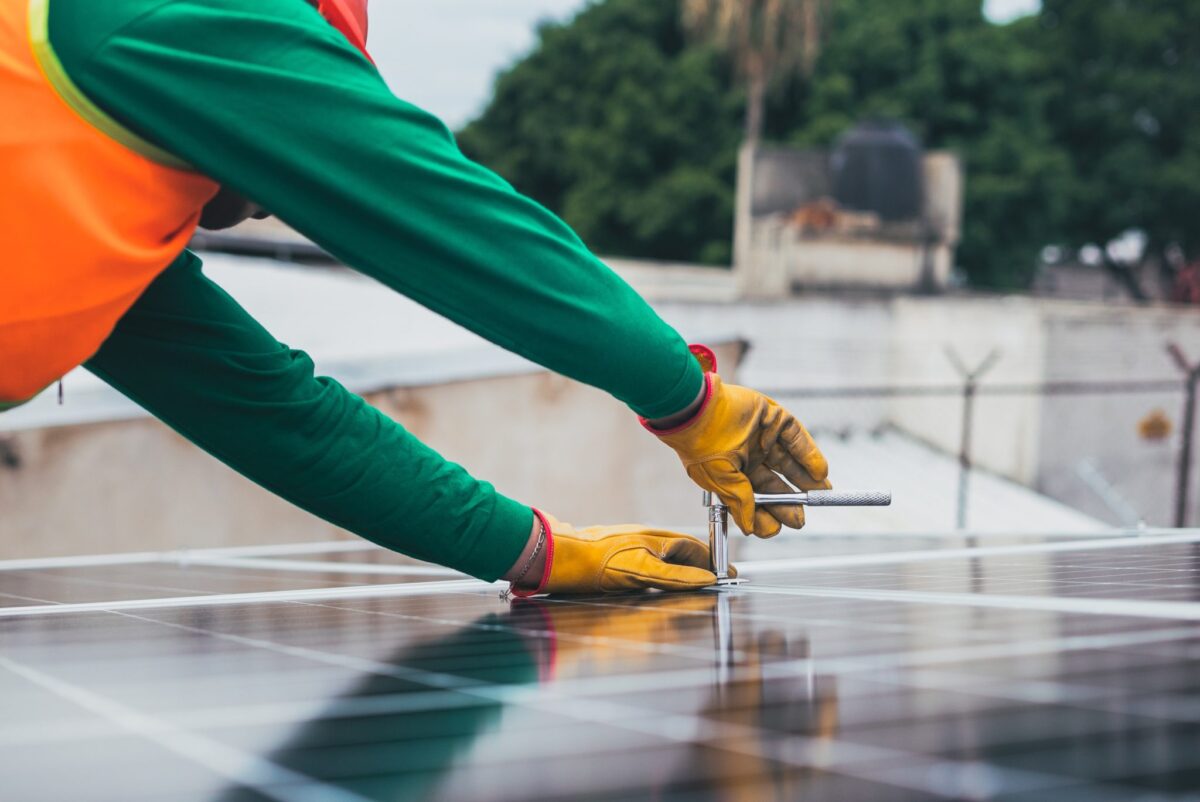The Republicans will soon hold power in the United States. While the party has historically been fossil fuel-friendly, and hard on renewables, the undeniable value of solar has created a strong foothold in the energy market. Solar represented roughly 60% of new electricity generation capacity added in the United States in 2024.
pv magazine USA Week opened with a day focused on solar energy as a cost-competitive solution. Day two considered small-scale, “distributed” solar and energy storage, such as residential rooftop solar. Day three highlighted the unprecedented return of PV manufacturing to the United States through investment and support outlined in the US Inflation Reduction Act (IRA).
Winning on cost
The IRA has been proven to be a significant economic driver since it was introduced in 2022. It has stimulated job growth, an investment frenzy, and rapid growth in solar capacity. More than 36% of US solar capacity has been added since the legislation came into force, according to a report from the Solar Energy Industries Association (SEIA) and research firm Wood Mackenzie. The Solar Market Insight Report Q3 2024 revealed that 75 GW of solar had been deployed since the passage of the IRA.
By 2029, total solar capacity is expected to double to 440 GW. Panelists on day one of pv magazine USA Week discussed the facts behind the numbers, what contributes to lower costs, and some of the bottle necks to the solar buildout.
Day one panelists included Dominic Buergi, global head of services for renewable energy at electrical equipment supplier Stäubli; Lesley Hunter, senior vice president for policy and engagement at non-profit the American Council on Renewable Energy (ACORE); Jarell Mason, strategic partnerships manager at solar software company Helioscope Aurora Solar; and Joseph Wyer, principal analyst for energy markets and policy at clean-energy data company Ohm Analytics.

 In the weeks leading up to the 2024 US presidential election, pv magazine USA held a three-day virtual event convening industry leaders to discuss solar, energy storage, and more.
In the weeks leading up to the 2024 US presidential election, pv magazine USA held a three-day virtual event convening industry leaders to discuss solar, energy storage, and more.